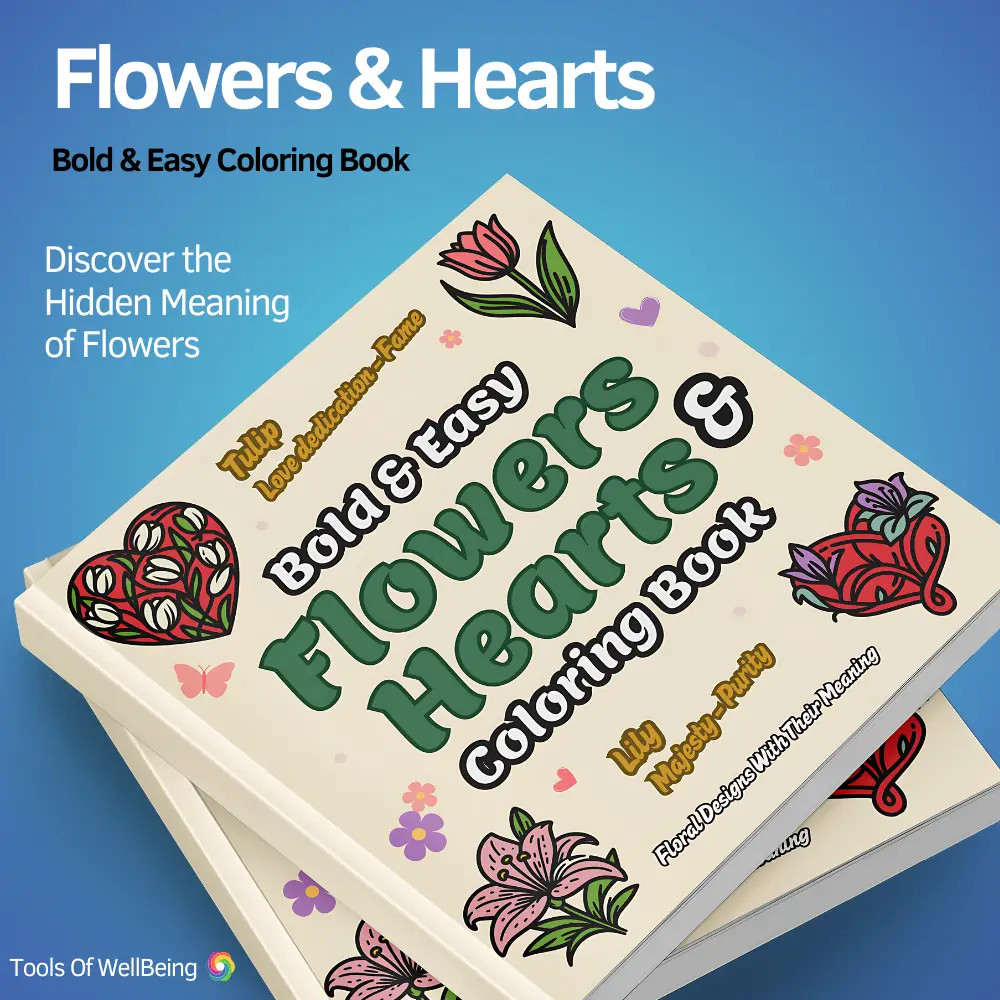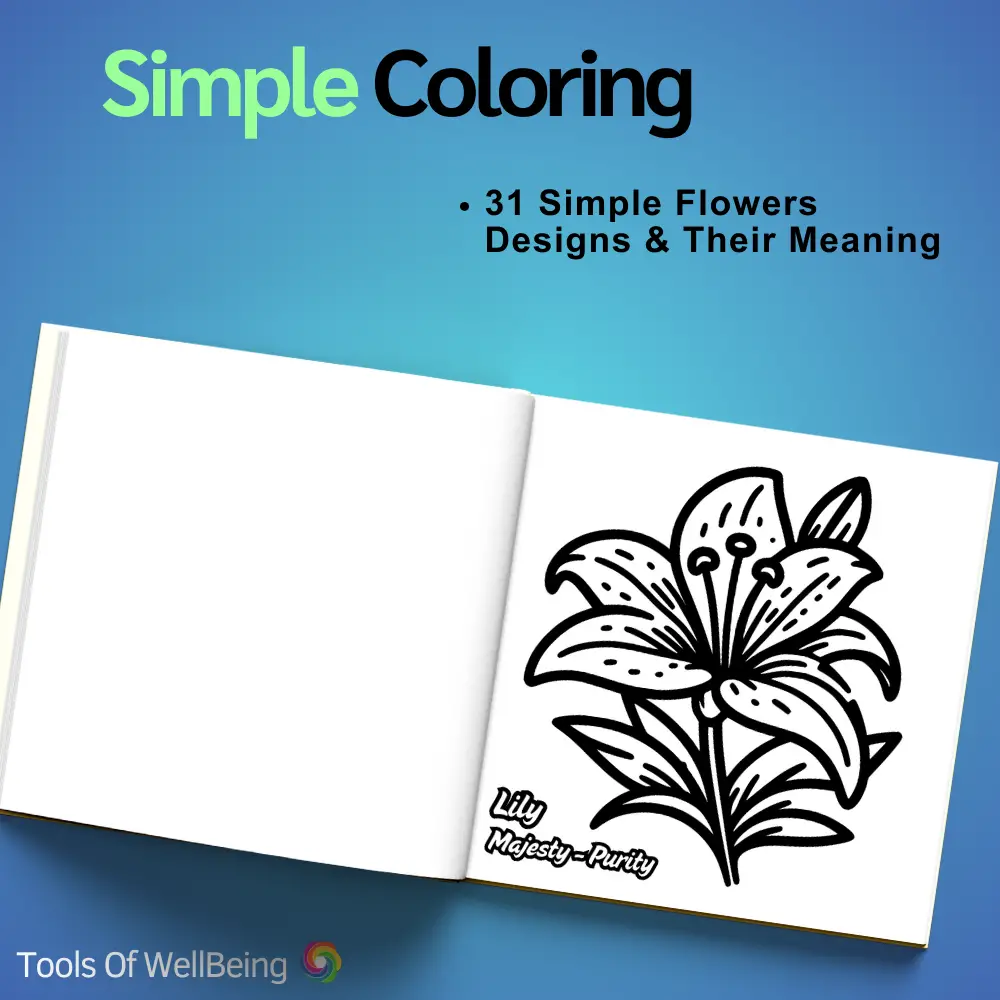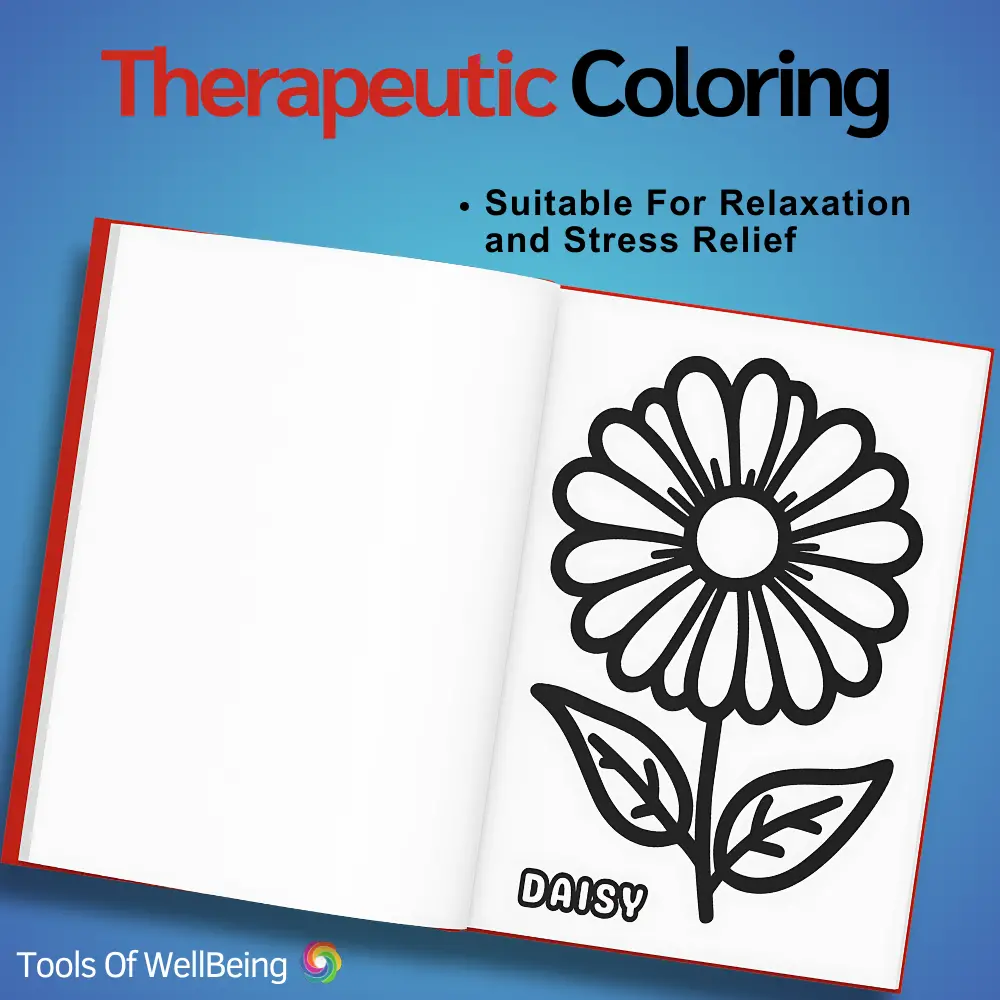Did you know that 82% of dementia patients who engage in art therapy show improved mood and reduced agitation? As families and caregivers search for meaningful activities to support their loved ones with dementia, coloring books have emerged as a promising therapeutic tool.

Many caregivers and family members of dementia patients wonder whether coloring books can be beneficial for their loved ones. The answer is a resounding yes! Research and anecdotal evidence suggest that coloring can have therapeutic effects on individuals with dementia, providing cognitive stimulation, emotional relief, and a sense of accomplishment.
I’ve seen firsthand how something as simple as coloring can bring moments of joy and focus to those struggling with cognitive decline. The science behind this simple yet effective activity reveals why healthcare professionals increasingly recommend it as part of comprehensive dementia care.
In this article, we will explore how coloring books benefit dementia patients, what to consider when choosing the right books, and practical tips for incorporating coloring into daily routines.
Content Covered Today:
Understanding the Therapeutic Value of Coloring for Dementia Patients
Recent neuroscience research has shed light on why coloring proves so beneficial for individuals with dementia. When a person colors, multiple regions of their brain activate simultaneously. The temporal lobe processes color and pattern recognition, while the frontal lobe handles planning and organization. Meanwhile, the parietal lobe works on spatial awareness and hand-eye coordination.
Neurologists specializing in geriatric care, explain that coloring engages neural pathways that might otherwise become dormant. It’s like creating a mental workout that’s both gentle and engaging. This multi-region brain activation helps maintain cognitive function and may even slow decline in some areas.
Studies conducted in memory care facilities have shown that patients who participate in regular coloring sessions maintain better fine motor skills compared to those who don’t. This maintenance of motor function often correlates with better performance in other daily activities, from eating independently to managing personal hygiene.
How coloring books benefit Dementia Patients
Dementia, including Alzheimer’s disease and other forms of cognitive decline, affects memory, reasoning, and motor skills. The advantages of coloring books extend beyond cognitive stimulation, it helps patients maintain a level of independence and improve their quality of life. Healthcare providers have documented numerous positive outcomes among patients who regularly engage in coloring activities
Here are 7 key benefits of coloring for dementia patients:
1. Reduce Anxiety and Stress
Many dementia patients experience agitation and anxiety due to confusion and memory loss. Research indicates that 65% of dementia patients show decreased anxiety levels during and after coloring sessions. This is achieved through the repetitive motion of coloring that has been shown to have a meditative effect, lowering stress and promoting relaxation.
This reduction in anxiety often leads to improved sleep patterns and fewer instances of sundowning – the increased confusion and restlessness that typically occurs in the late afternoon or evening. That’s why anxiety reduction stands out as one of the most significant benefit of coloring books for dementia patients.
2. Improves Focus and Attention
As dementia progresses, patients may struggle to concentrate on tasks. Coloring provides a structured activity that helps improve focus and attention span. Even if they cannot complete a page, the process of choosing colors and filling in spaces engages their cognitive functions.
3. Encourages Creativity and Self-Expression
Creative activities are powerful communication tools. When words fail, art speaks. Since many dementia patients lose the ability to communicate effectively with time leading to frustration and withdrawal, coloring books step in and offer a way for them to express themselves without relying so much on language.
4. Stimulates Memory Recall
Certain images can evoke memories from the past. For example, a coloring page featuring flowers, animals, or vintage classic cars might trigger positive memories of childhood or past experiences. This can be a great way to engage in reminiscence therapy.
5. Provides a Sense of Accomplishment
Perhaps most importantly, coloring provides a sense of accomplishment. Many dementia patients face daily frustrations as they lose the ability to complete once-familiar tasks. Coloring offers an activity they can successfully complete, boosting self-esteem and confidence, and maintaining their dignity.
6. Enhances Motor Skills
Holding and maneuvering coloring pencils, markers, or crayons helps strengthen fine motor skills. This is especially important for individuals experiencing declining coordination and dexterity as part of their progressive disease course.
7. Improves Social Interaction
Social interaction naturally increases when coloring activities are done in groups. Even patients who struggle with verbal communication often display positive non-verbal engagement during coloring sessions. This social aspect helps combat the isolation that many dementia patients experience in significant portion of their remaining time.
Choosing the Best Coloring Books for Dementia Patients
Not all coloring books are created equal when it comes to dementia patients care. Several key factors determine whether a coloring book will be beneficial and significantly impact their engagement and enjoyment, or potentially be frustrating for patients.
Here are 8 key factors to consider when choosing the suitable coloring books for dementia patients:
1. Large, Simple Designs
Intricate designs can be overwhelming and frustrating. Opt for books with large, clear illustrations that are easy to color within the lines. Simple shapes and bold outlines work best.
Pattern complexity should match the patient’s cognitive stage. Early-stage patients might enjoy intricate mandalas or detailed landscapes, while those in later stages benefit from simpler, larger patterns.
2. Thick Lines
Line thickness plays a crucial role in usability. Bold, clear lines prove easier to see and follow, especially for patients with visual impairments.
3. Page Format
Pages should feature good contrast between lines and background, typically achieved through thick black lines on white paper.
4. Familiar and Nostalgic Themes
Images that resonate with a patient’s past experiences can spark joy and memories. Nature themes, familiar objects, flowers, classic cars, farm animals, famous landmarks, and nostalgic scenes often resonate well with older adults.
5. Thick, High-Quality Paper
Since many dementia patients use markers or crayons, pages should be thick enough to prevent bleed-through and allow for easier coloring.
6. Minimal Text
Too much text can be confusing or distracting. Coloring books with minimal or no text help keep the focus on the activity itself.
7. Spiral or Lay-Flat Binding
Physical considerations matter too. Books should lie flat when opened. This makes it easier for dementia patients to handle, making the coloring process smoother and more enjoyable.
8. Specific Books Features
Some specialized books feature perforated pages, making it easier to remove completed works for display.
Tips for Using Coloring Books Effectively
Success with coloring activities often depends on proper implementation. Creating the right environment and approach can make a significant difference in patient engagement and outcomes.
To maximize the benefits of using coloring books for dementia patients, caregivers and family members can follow these simple 10 guidelines:
1. Create a Relaxing Environment
Set up a quiet, well-lit space with minimal distractions. Soft background music can enhance relaxation and focus. The physical setup should promote comfort and focus. Ensure proper lighting, comfortable seating, and a clean, uncluttered workspace. All materials should be easily accessible, with colors pre-selected to prevent overwhelming choices.
2. Timing
Timing matters significantly. Most patients show better focus and engagement during morning hours or after rest periods. Sessions typically work best when limited to 20-30 minutes, though this can vary based on individual preferences and attention spans.
3. Offer a Variety of Tools
Different textures and colors stimulate the senses. Start with success in mind by choosing materials that match current abilities like crayons, thick and triangular-shaped colored pencils, and markers can help patients with reduced grip strength. Adaptive tools, such as pencil grips or stabilizing tools, can assist those with tremors or limited dexterity.
4. Encourage, Don’t Pressure
Let the patient color at their own pace. Some days they may be eager to color, while other days they may not be interested. A gentle encouragement is always better and beneficial than forcing the activity.
5. Use the Right Mindset
Allow patients the freedom to color outside lines or choose unexpected colors – the goal is engagement and enjoyment, not perfection or following rules. Besides, I see that when it comes to creativity, the rule is that there are no rules. Celebrate all efforts, regardless of the final result.
6. Join the Activity
Coloring together can create a bonding experience between the patient and caregiver that facilitate further collaboration needed between the two. It also provides a model of engagement and can make the activity feel more social.
7. Incorporate into Daily Routines
Having a designated “coloring time” each day can establish familiarity and provide a comforting routine for patients with dementia and Alzheimer’s disease.
8. Use Coloring as a Conversation Starter
Discuss the colors or images they are working on to encourage communication and reminiscence for these images.
9. Monitor Engagement
Monitor engagement levels even through non-verbal cues. Signs of enjoyment might include leaning forward, smiling, or sustained focus. Conversely, fidgeting, sighing, or looking away might indicate it’s time for a break or change in activity.
10. Track and Document Progress
Track participation time, color choices, and completion rates and document progress using simple assessment tools. These metrics can help evaluate the activity’s effectiveness and guide adjustments to the approach.
Recommended Coloring Books for Dementia Patients
Here are couple of coloring books I specifically designed to cater to the needs of adults and seniors with dementia:
- “Bold and Easy Flowers & Hearts Coloring Book for Adults, Seniors, Kids”
It may not have the word “dementia” in the title, but its design is 100% suitable for the needs of adults and seniors with dementia . This coloring book features 31 simple floral illustrations and 31 beautiful heart-shaped flowers designs of the same flower to evoke positive emotions and memories. It’s 8.5 X 8.5 inches with thick lines on a white thick single sided pages to prevent bleed-through.



2. “Flowers and Love Quotes Coloring Book for Seniors with Dementia, Alzheimer’s Patients, Adults”
A follow up intentionally designed coloring book for seniors with dementia and Alzheimer’s patients including 62 flowers and heart-shaped flowers designs with heart-warming messages to tell them that they’re not alone, that they are valued and loved.
This book is larger than the first one with 8.5 X 11 inches in size and it too has single sided designs to prevent bleed-through.



Conclusion
Coloring books offer a valuable therapeutic tool for dementia patients, providing cognitive stimulation, emotional comfort, and opportunities for success. When properly implemented with appropriate materials and supportive guidance, coloring activities can significantly enhance quality of life for individuals living with dementia. Whether you are a caregiver, family member, or friend, introducing coloring into a dementia patient’s daily routine can enhance their wellbeing and create meaningful moments of connection.
Through consistent observation and gentle encouragement, caregivers can help dementia patients discover or rediscover the joy of coloring, opening a window to expression, engagement, and moments of genuine connection.
If you’re looking for a simple, engaging, and affordable activity for a loved one with dementia, give coloring a try. Start small, celebrate progress, and watch as this simple activity brings a smile to their face for a change.